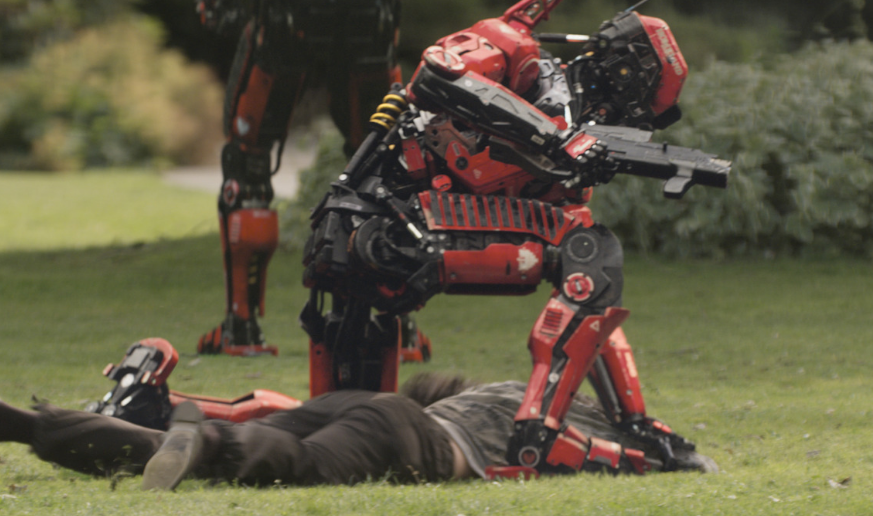WIRED Design FX: Constructing Elysium’s Terrifyingly Real Dystopia

Insights
WIRED has an exclusive look at the visual effects of Director Neill Blomkamp’s dark futuristic thriller, Elysium. Find out how the artists at Image Engine brought the patrolling packs of armed Earth-bound robots to life and turned the real world nirvana of Malibu into the orbiting playground of the space-bound elite.
August 22, 2013
The dual future worlds of Neill Blomkamp’s Elysium – a dilapidated Los Angeles where the poor struggle to survive, and the shiny space station above, reserved for wealthy citizens only – were brought to life thanks to the efforts of hundreds of visual effects artists at Image Engine. But Blomkamp, who made his Hollywood debut in 2009 with the gritty District 9, always insisted that the intricate sci-fi landscapes of his sophomore effort had to be grounded in real life.
“Neill wanted a lot of detail, but the detail had to make sense,” says Peter Muyzers, the film’s visual effects supervisor. Muyzers works for Image Engine, the Vancouver studio responsible for digital elements ranging from spacecraft and law-enforcement robots to the Elysium station itself. “He would say, ‘Don’t just throw stuff in there [or] make this stuff up — look at bridge construction, oil drilling platforms.’ We were always using real-world reference.”
As inspiration for Elysium’s glossy sheen, Blomkamp turned to 1970s NASA designs for a torus space station. The resulting digital rendering – intended to be two kilometers wide and 40 kilometers in diameter – was made up of more than 3 trillion polygons.

